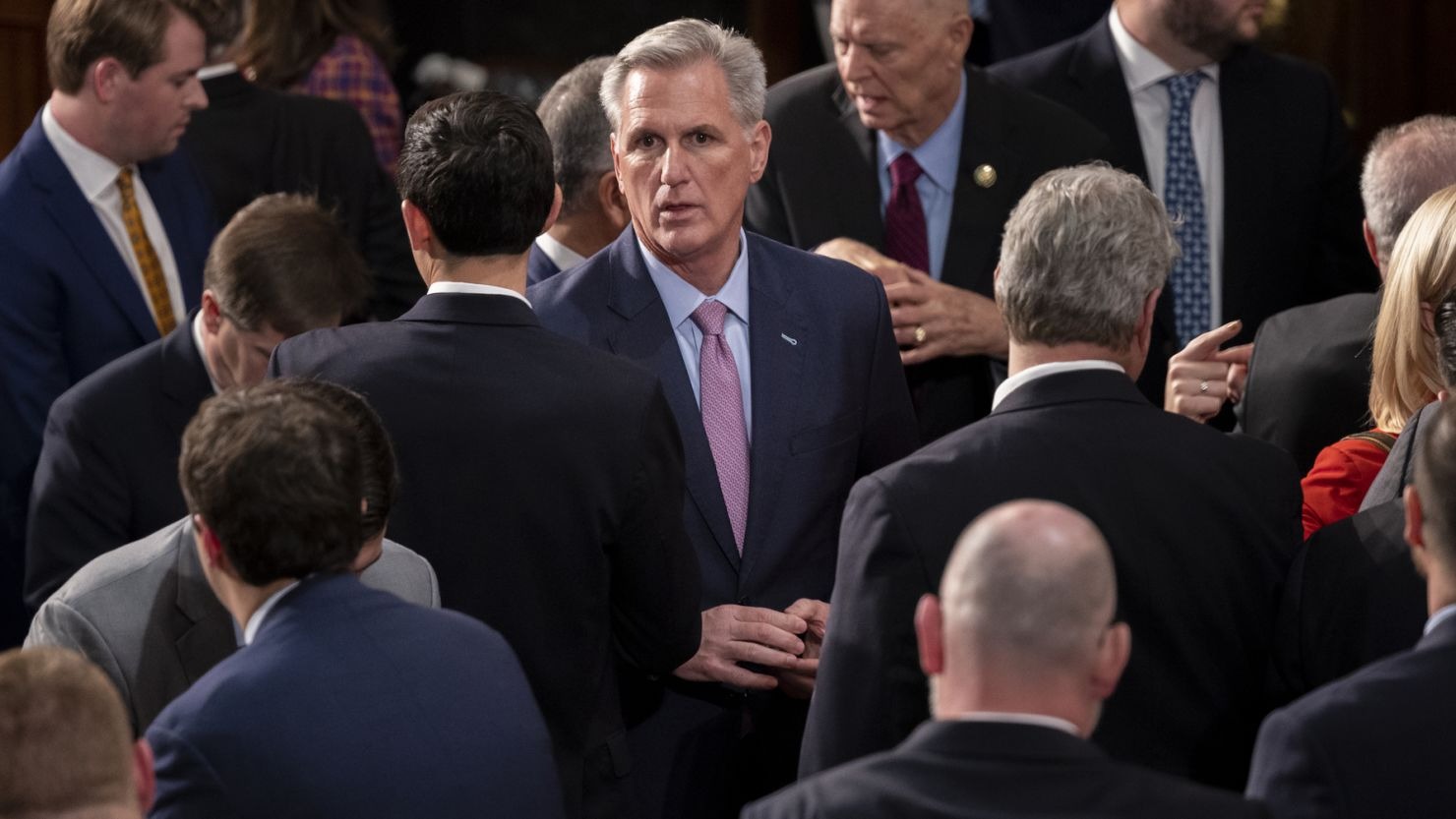The UK government faces challenges in negotiating cloud infrastructure spending due to vendor lock-in. A document from the Cabinet Office’s Central Digital & Data Office highlights concerns about the current cloud adoption and management approach across government departments.
This approach, combined with mega-agreements with major cloud vendors like AWS and Azure, has led to risk concentration and vendor lock-in, limiting the government’s negotiating power.
The document emphasizes that if the UK government continues with its current strategy, it risks perpetuating the dominance of AWS and Azure in its cloud services.

UK Government Officials (Credits: TheRegister)
This dominance could lead to minimal leverage over pricing and product options, resulting in entrenched vendor lock-in and potential regulatory scrutiny from the Competition and Markets Authority.
Concerns about vendor lock-in stem from agreements like the One Government Value Agreement (OGVA) with AWS, which is worth hundreds of millions of pounds. While potentially offering baseline savings, these agreements can lead to long-term commitments and limited negotiating flexibility.
One of the key challenges identified in the document is the lengthy and costly process of adopting cloud services, which can take six to nine months and incur substantial expenses.
Additionally, inconsistent cloud environments across departments pose risks and inefficiencies, hindering a standardized approach to cloud architecture, security, and compliance.
To address these challenges, the document proposes the creation of a “UK Public Sector Cloud Marketplace service” in partnership with major cloud providers.
This service aims to provide consistently secure and well-architected cloud environments that can be rapidly deployed, leveling the playing field for departments and enabling more effective negotiations with vendors.

UK Government Officials (Credits: Missouri Independent)
However, questions remain about how this strategy will be executed, especially without the involvement of the Crown Commercial Service (CCS), which plays a crucial role in government procurement.
The success of this approach depends on creating a commercial implementation that aligns with pre-approved spending guidelines and is non-obstructive.
Experts close to the negotiations have expressed skepticism about the proposed strategy’s feasibility and lack of detailed planning. They highlight the complexities of influencing procurement strategies led by the CCS and individual government departments that have established commercial teams.
For these challenges, AWS emphasizes the cost savings and value it brings to government departments and supports a vast ecosystem of smaller companies. However, concerns about long-term commitments and negotiating power persist, especially with the rapid growth of cloud services in government operations.
The Competition and Markets Authority (CMA) has shown interest in the broader cloud market, indicating a need for closer scrutiny and regulation to ensure fair competition and value for taxpayers.
Finally, the UK government’s efforts to change vendor lock-in and strengthen its negotiating power in cloud infrastructure spending require a comprehensive strategy that addresses procurement complexities and ensures transparency, efficiency, and cost-effectiveness in cloud adoption across departments.























